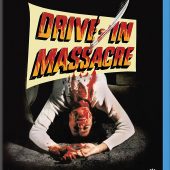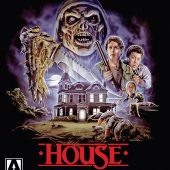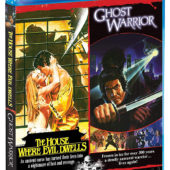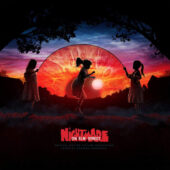



Considered by many to be a modern horror classic, Halloween succeeds through simplicity. This thriller a veritable kickoff for 25plus years of slasher films works because director John Carpenter keeps the story neat and the presentation basic. It’s an approach that gives Halloween an easy, nofrills realism, and a likable indie style that shines through even today. John Carpenter and cowriter/producer Debra Hill turn a few suburban streets into a house of horrors for some unsuspecting teenagers with no special effects and very few cheap thrills.
 A 19yearold Jamie Lee Curtis makes her film debut as Laurie Strode, a bookish, antisocial highschooler unaware that while she babysits on Halloween night, a psychotic maniac lurks in the neighborhood. The strong, silent type, this hulking being quietly walks the town in which he killed his sister 15 years earlier, back for more after a hospital escape. Meanwhile, his horrified doctor (the ominous Donald Pleasance) waits, as singlemindedly obsessed as the killer he’s chasing.
A 19yearold Jamie Lee Curtis makes her film debut as Laurie Strode, a bookish, antisocial highschooler unaware that while she babysits on Halloween night, a psychotic maniac lurks in the neighborhood. The strong, silent type, this hulking being quietly walks the town in which he killed his sister 15 years earlier, back for more after a hospital escape. Meanwhile, his horrified doctor (the ominous Donald Pleasance) waits, as singlemindedly obsessed as the killer he’s chasing.
Forget heavy backstory and emotional structure. With Halloween, what you see is what you get: kids as sitting ducks, faceless evil, and nailbiting suspense. With a reported $300,000 budget and a deep knowledge of film, John Carpenter pays homage to Romero, Alfred Hitchcock, and favorite horror films from the ’50s and ’60s. But rather than create an antagonist that’s a freak of nature (like a vampire or a werewolf), or a manmade deformity (Frankenstein’s monster), Carpenter devises a mysterious nonentity. "The Shape," as he’s called in the end credits, is certainly human but encompasses other indefinable details. He walks like a zombie and stares like a child, but what is he? Could he really be the Boogeyman of folklore and slumber party stories?
In creating shock value, Carpenter uses no blood, no gore, and no cats leaping through windows unexpectedly. Instead, he utilizes smooth, creepy camera moves peering around corners with just the right speed and the frustrating moments that crop up when a killer’s on the loose: stuck doorknobs, lost keys, and painfully slowmoving characters. And Carpenter’s opening sequence, with its long single shot from a slasher’s point of view, is still fun and surprising a quartercentury later.
Fans of the genre will appreciate broad references to horror history such as placing terror in an otherwise peaceful location as well as specific stuff, like naming the doctor Sam Loomis (the boyfriend character in Psycho) or casting Curtis, best known at the time as Janet Leigh’s daughter.
The experts and fans that name the same films over and over when listing fine 1970s independent movies should include Halloween. It’s an inexpensive, efficient nonstudio thriller made by a hungry group of young filmmakers. Many sequels, all terribly inferior, would follow, as would Jason, Freddy, and other unstoppable and often lazy mad slashers. Future horror filmmakers trashed story, going for extensive body counts and increasingly "creative" styles of murder. So many forgot to take a lesson from John Carpenter and his "psycho," Michael Myers keep it simple, stupid.
Review by Norm Schrager © 1999 filmcritic.com







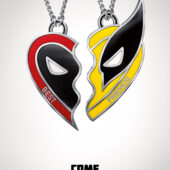

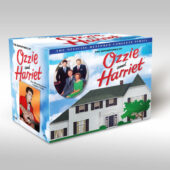











![Cudjo’s Cave (Gap Cave) Entrance and Souvenir Shop (1958) Photo [210904-2]](https://www.filmfetish.com/img/p/2021/09/210904-0002-11x85-web-170x170.jpg)
![Vintage Blue Hot Rod Car Tail Fin With Bullet Lights Photo [221110-14]](https://www.filmfetish.com/img/p/2022/11/221110-14-automotive-85x11-web-170x170.jpg)
![Former Adult Film Actress Kendra Jade Photo [221116-17]](https://www.filmfetish.com/img/p/2022/11/221116-17-kendra-jade-85x11-web-170x170.jpg)
![Cheryl Ladd Publicity Photo [210906-0149]](https://www.filmfetish.com/img/p/2021/10/210906-0149-13x19-web-170x170.jpg)







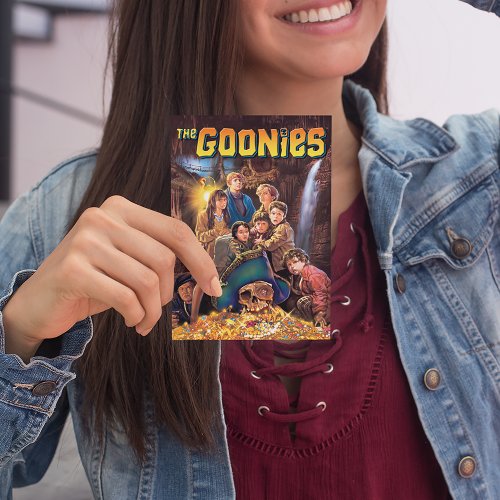
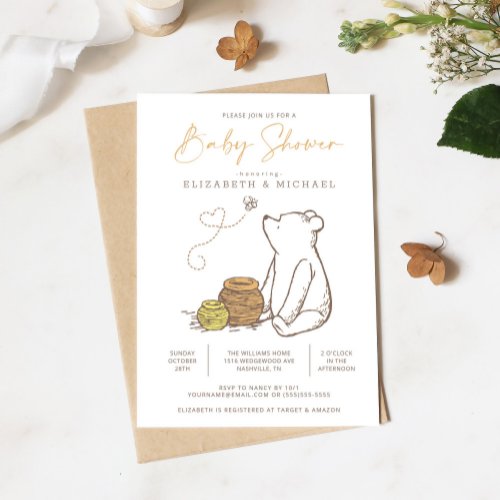
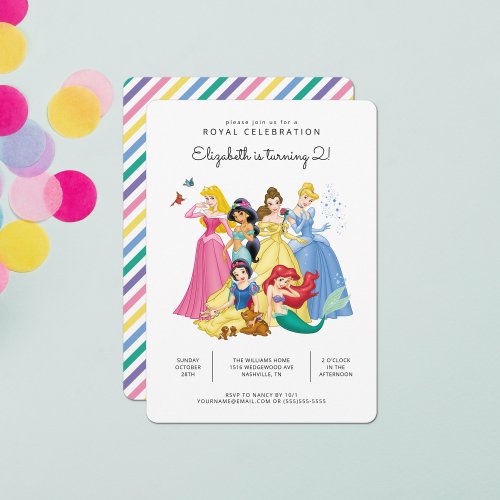
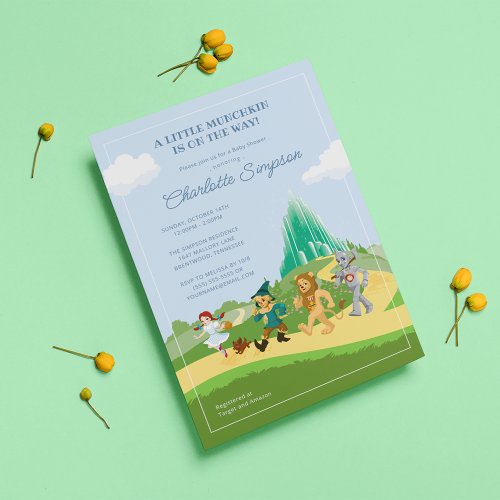
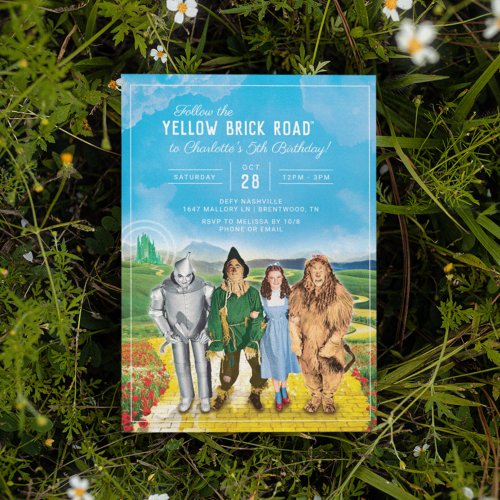
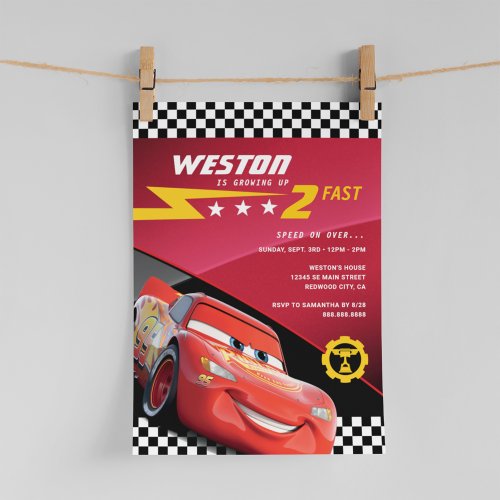
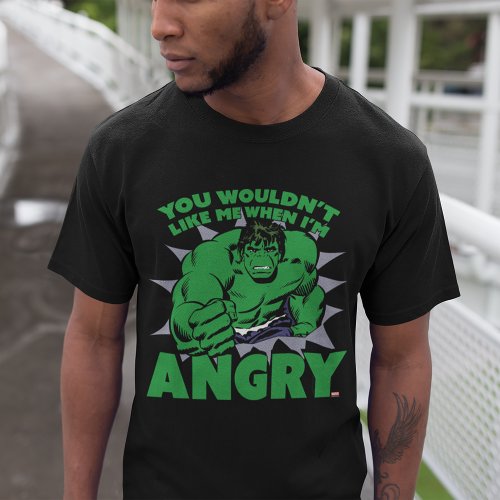

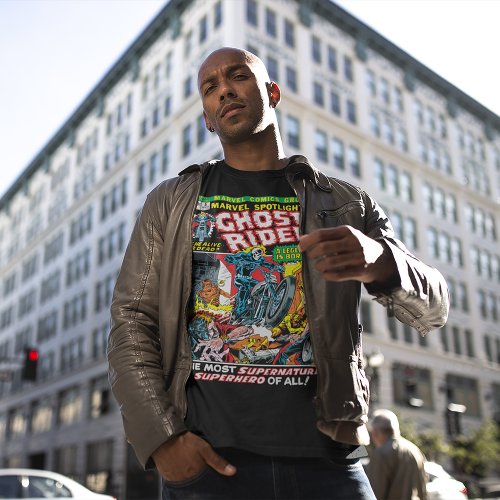



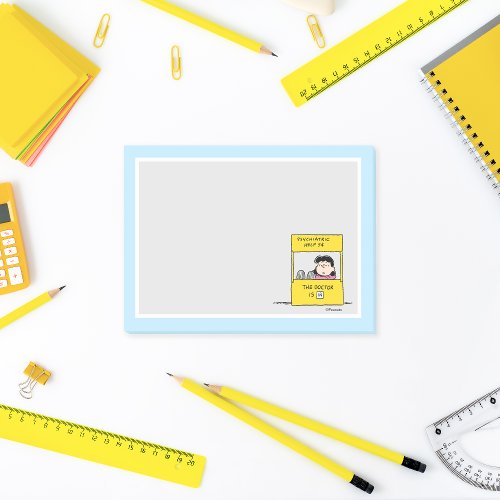
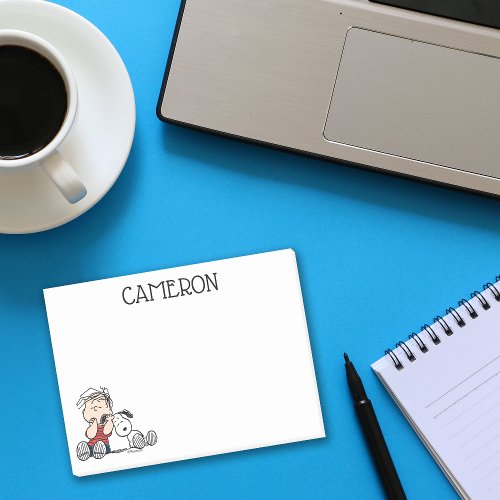

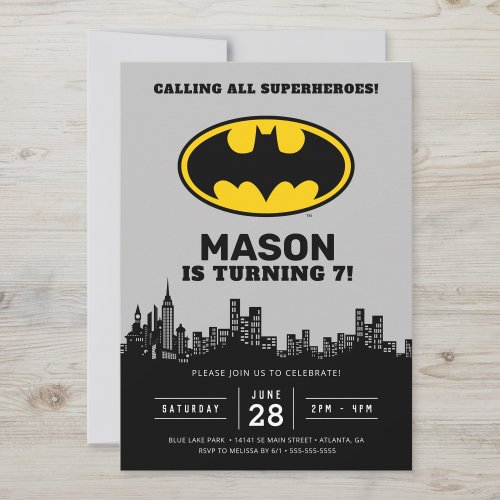
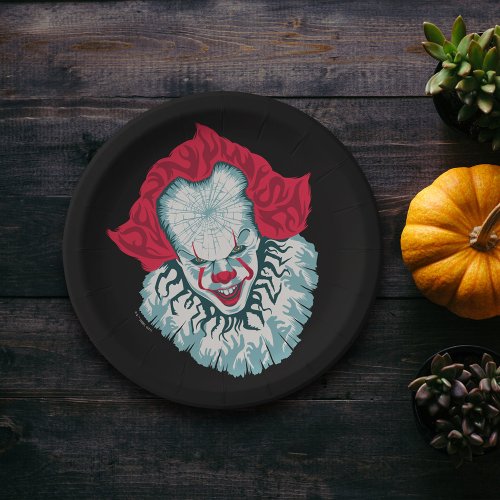
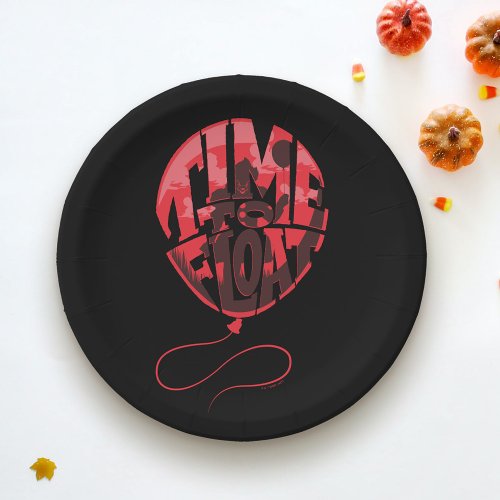
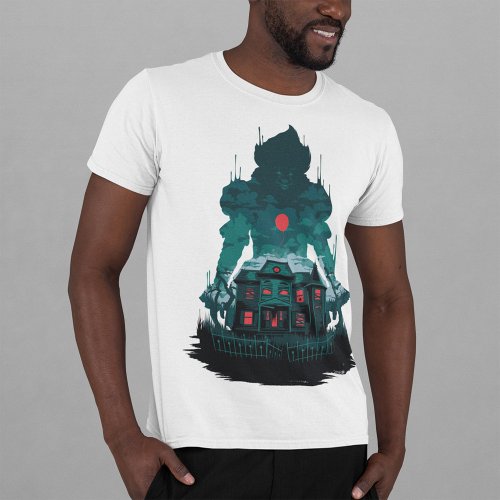
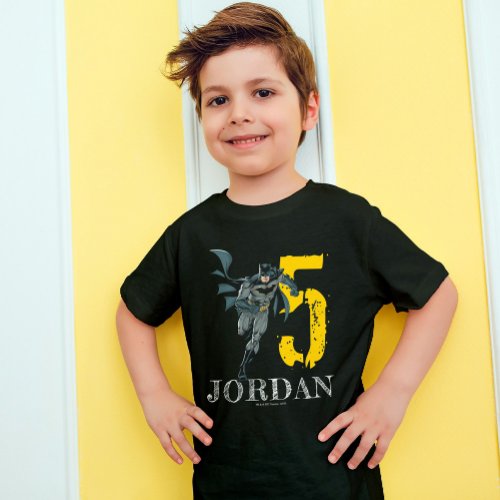
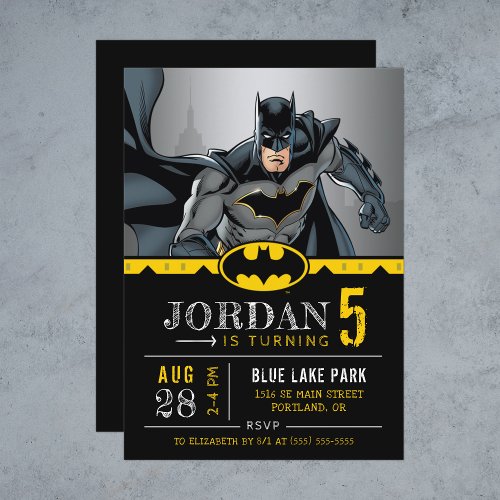
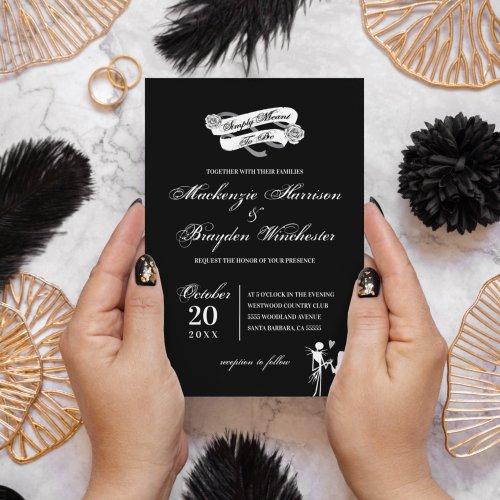

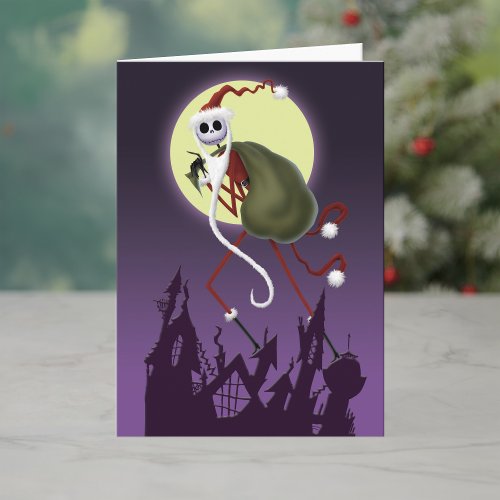
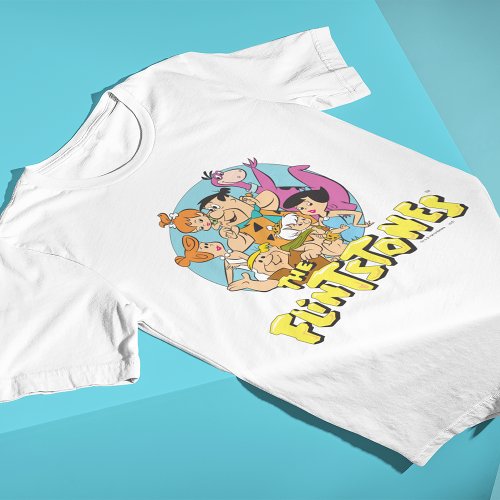
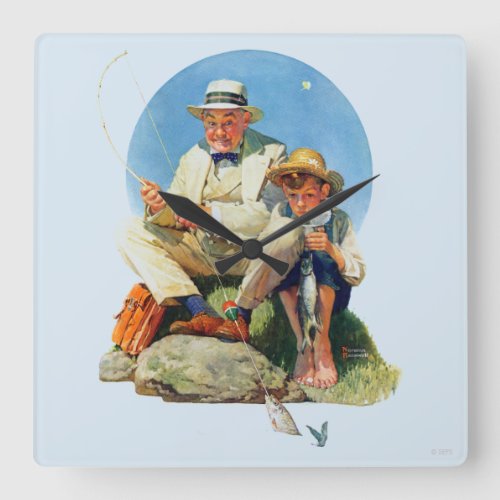
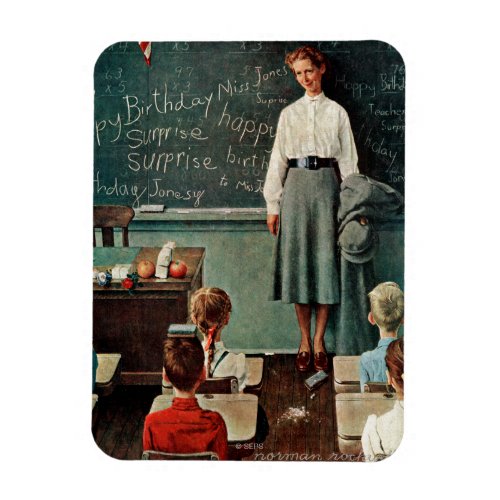
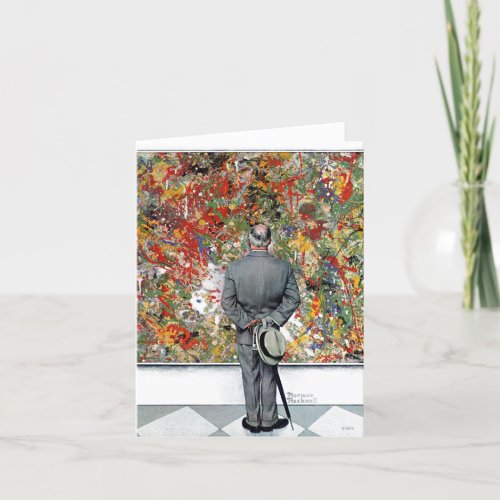
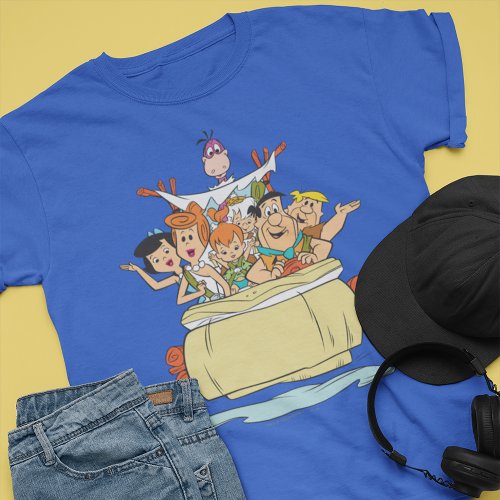



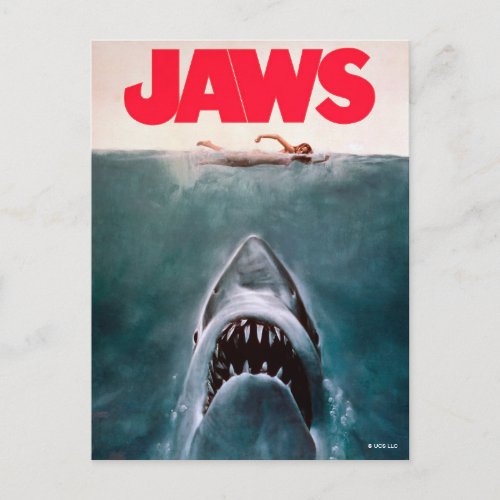

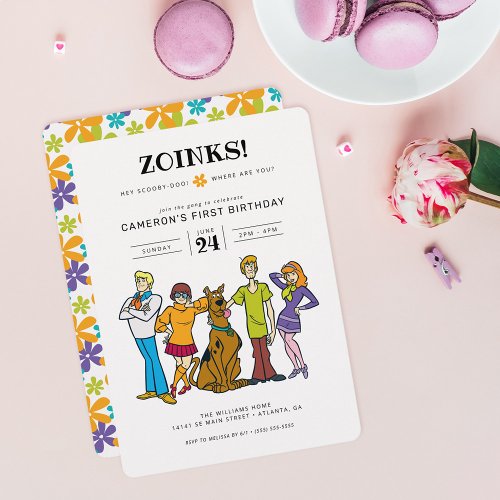

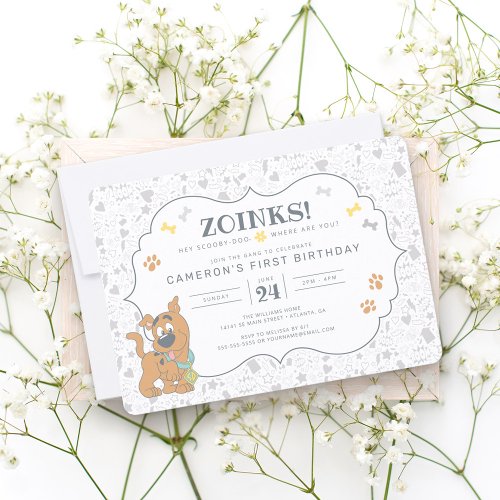




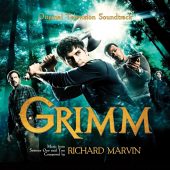
![John Carpenter’s The Thing Shout Factory 18×24 inch Collector Poster – Version A [D73]](https://www.filmfetish.com/img/p/2020/11/the-thing-shout-factory-poster-d73-01-170x170.jpg)
